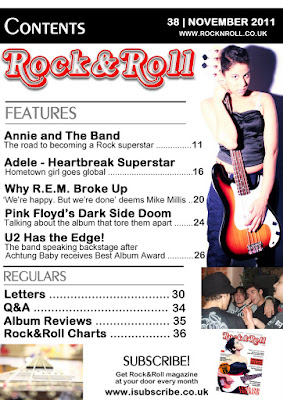Semiotics is the study of meanings and signs. We have learned in class that there are three types of signs: iconic(which look like what they represent), symbolic (whose meaning must be culturally learned in order to understand it) and indexical signs (which are suggestive, and they could have more than one interpretation).
Further, we took a quiz in class in order to familiarize ourselves with these three concepts. We found out, for example, that while an image or the name of a person is an icon of that person (an iconic sign), this
is symbolic and
we have been taught it means 'No Smoking' and therefore we know its meaning unlike others who may not have seen it ever before and do not know what it stands for. Finally, a perfect example of an indexical sign is the Swastika.
Primarily used as a symbol of peace and good luck, time has altered its meaning so that nowadays it has a negative connotation, being associated with Hitler and Nazi Germany so to most people it suggests war and hatred. However in a certain amount of time from now on, this meaning could change again in people's perception - unlike the symbolic sign, it is not fixed.
Relating this to our media product, we've learned that we could use these certain signs for the cover of our music magazine to help us communicate particular styles, genres and other distinctive characteristics.
For example, on my magazine cover I have used the medium close-up of a girl, to represent the rock genre, which is a bit unconventional, although not uncommon (example of relating artist: Paramore's Hayley Williams) She is holding an electric guitar, which could be seen as indexical sign representing the rock&roll style: cool dangerous.














